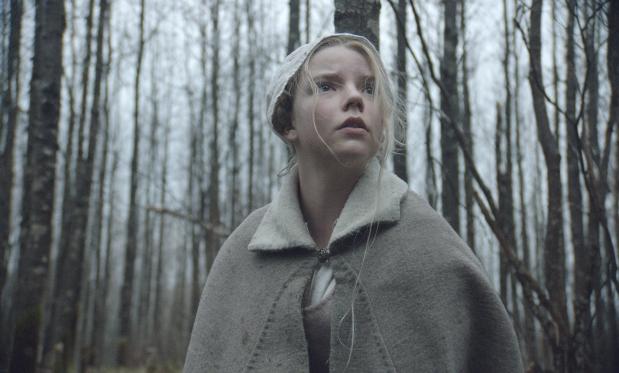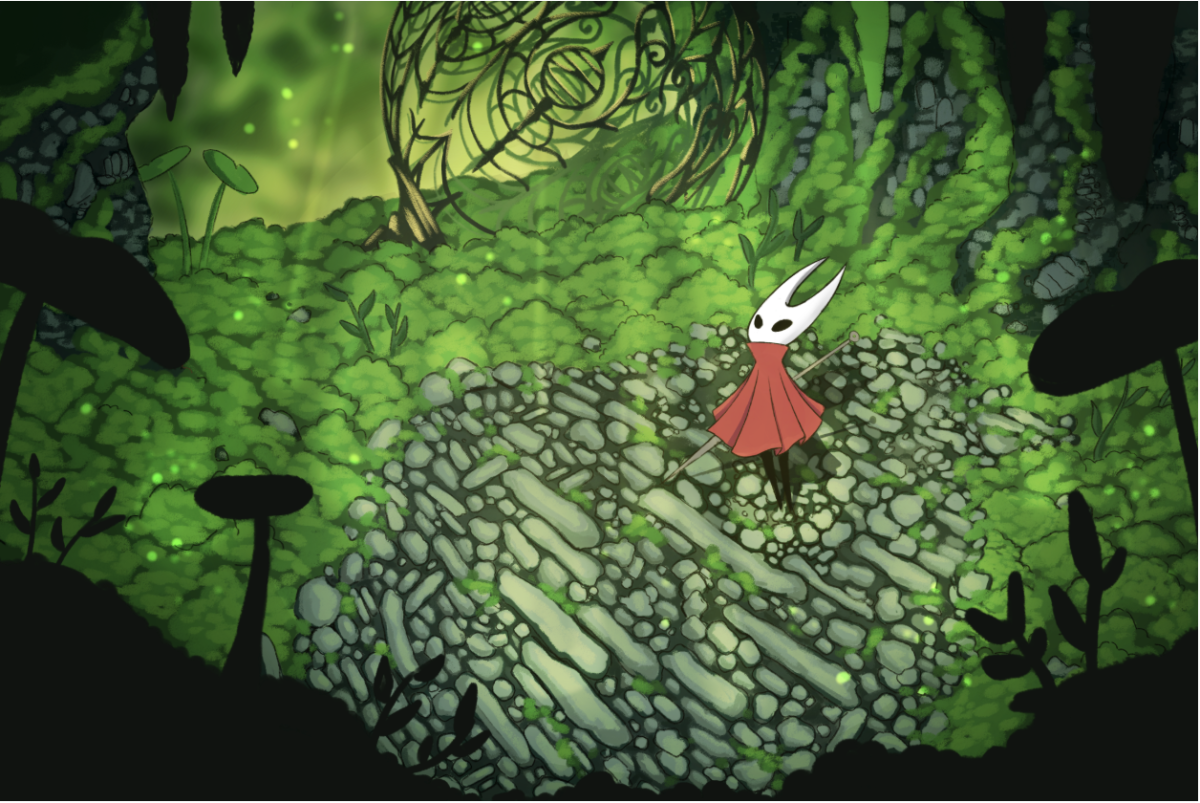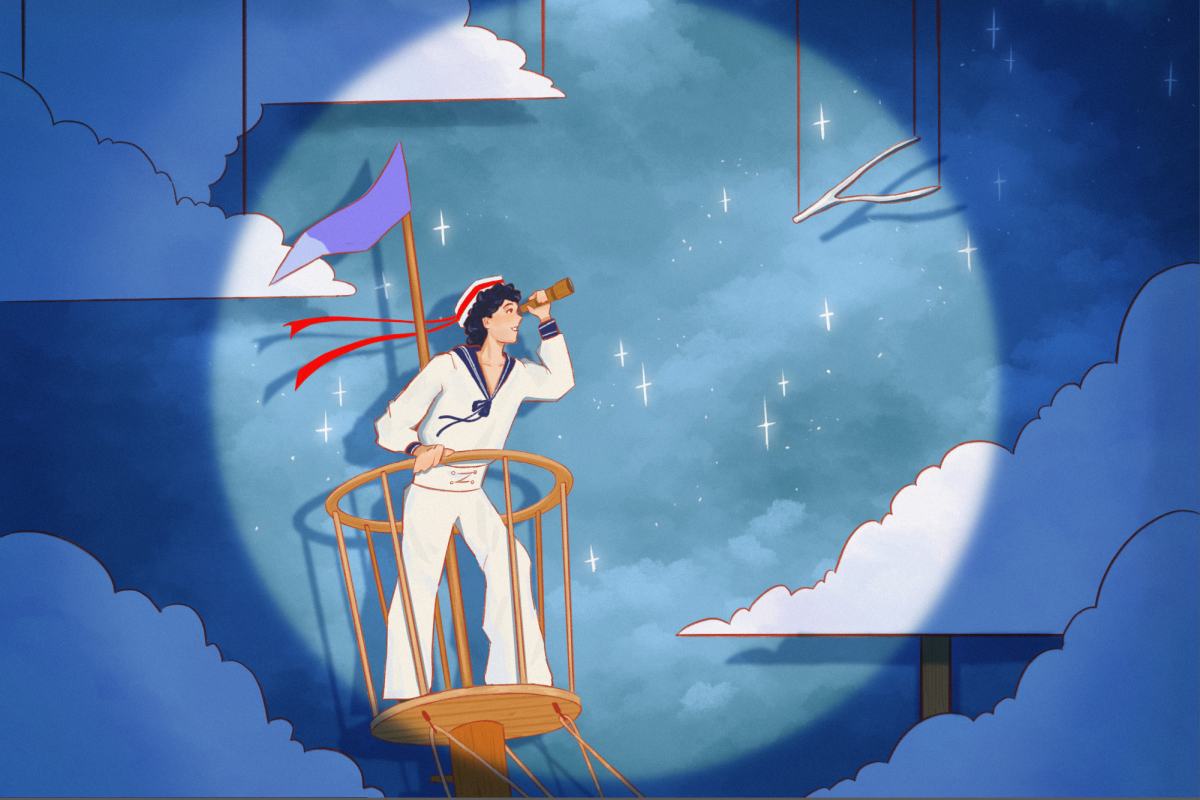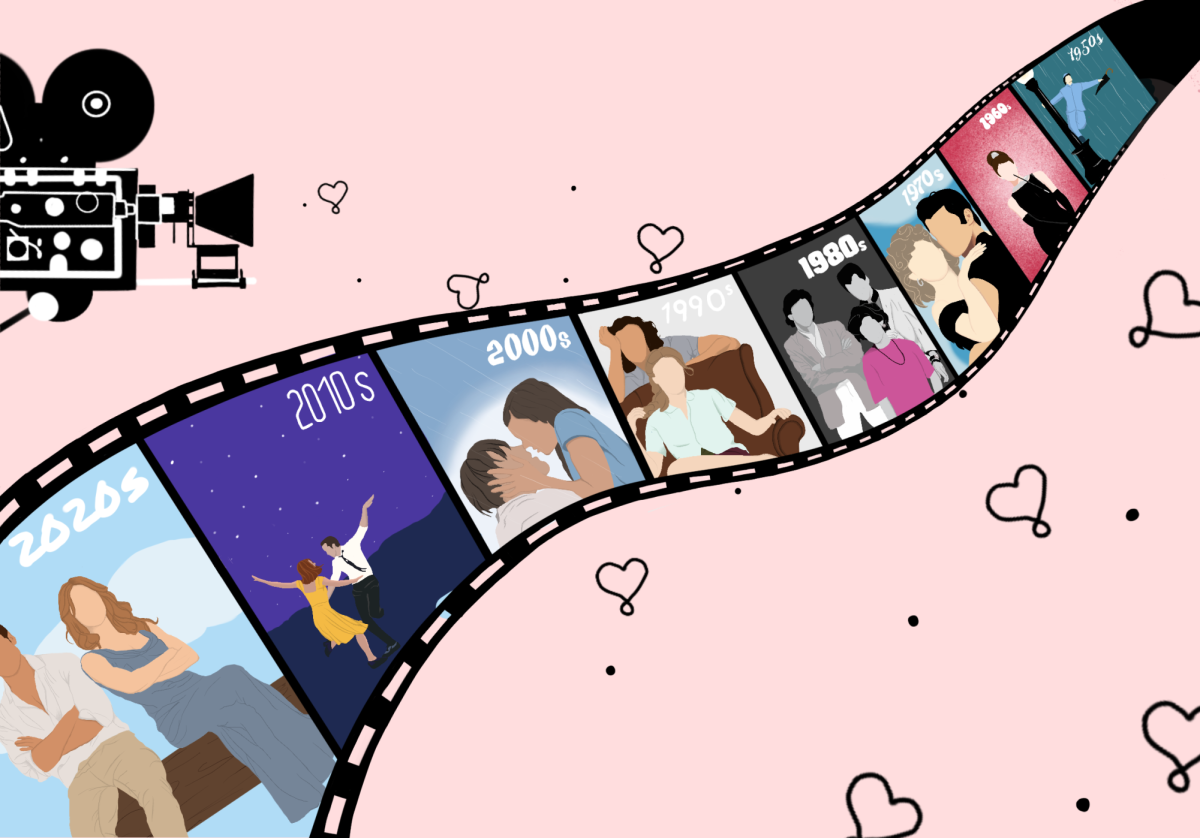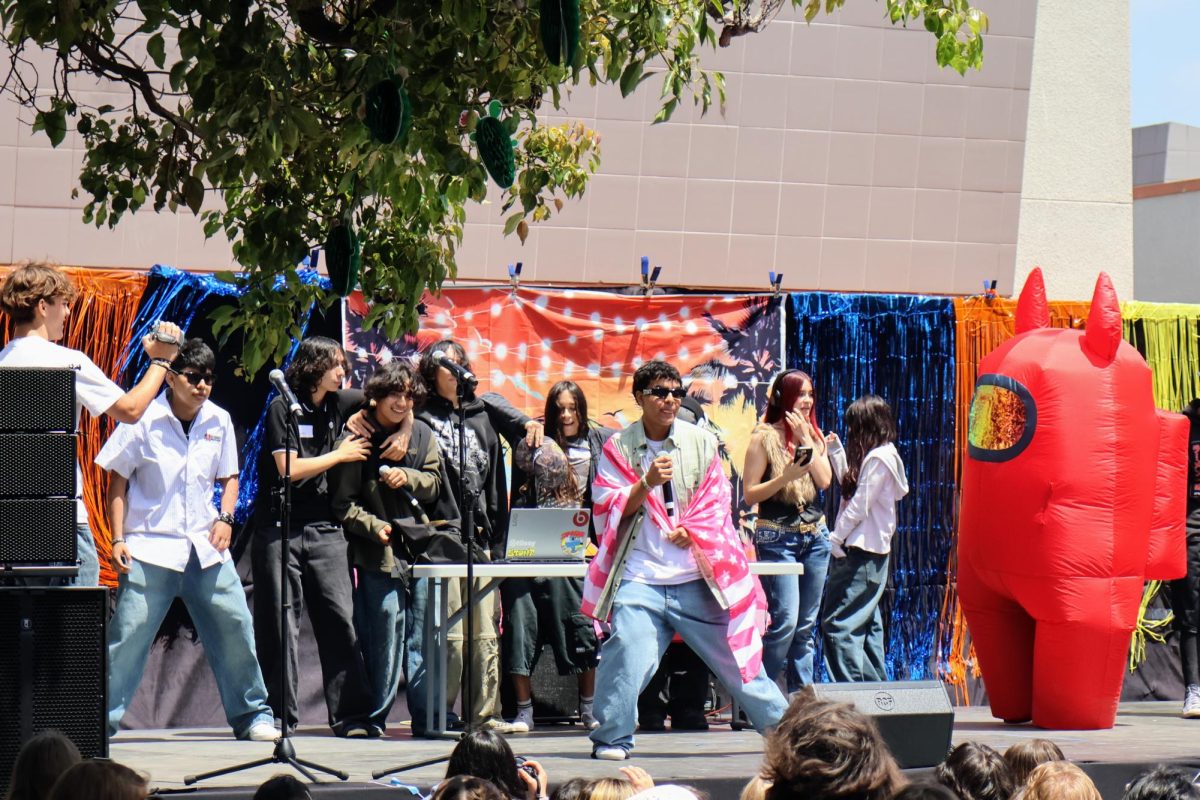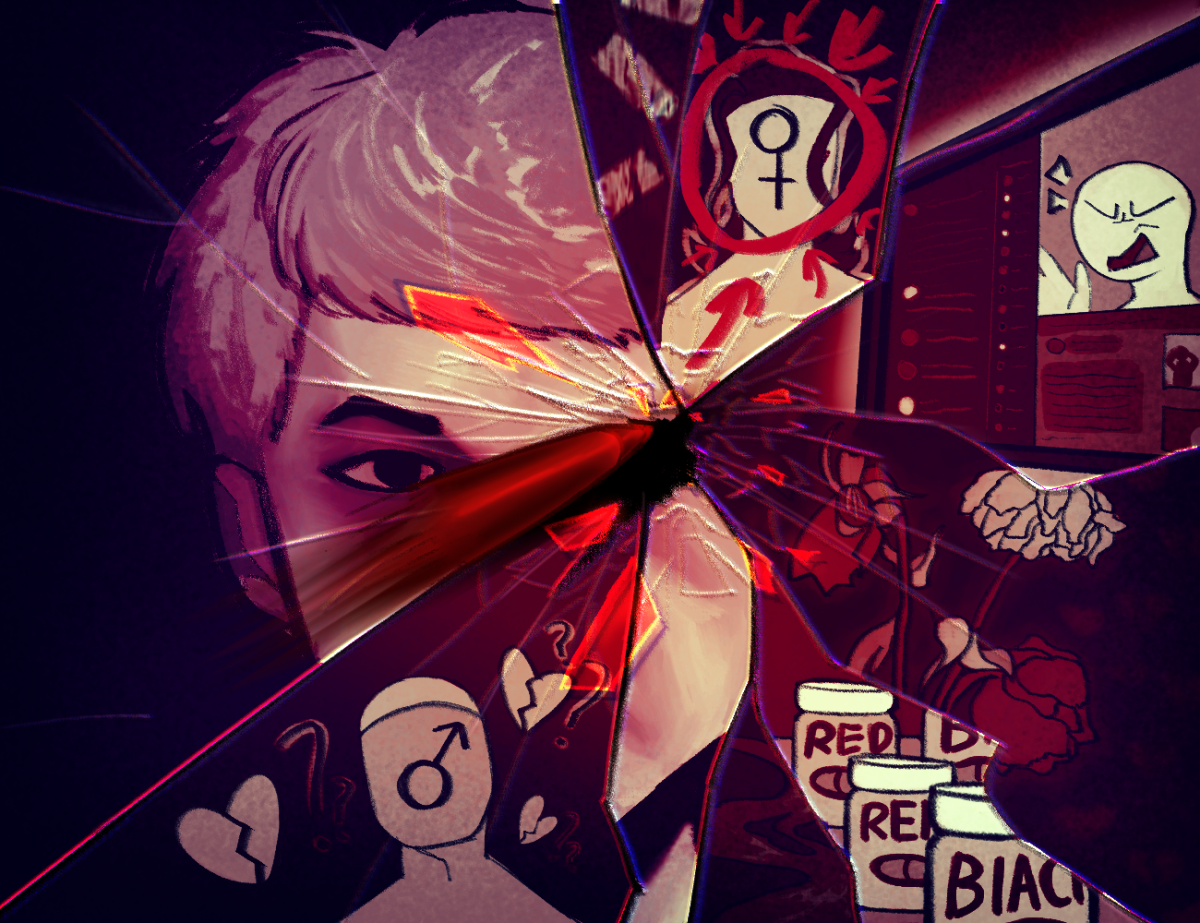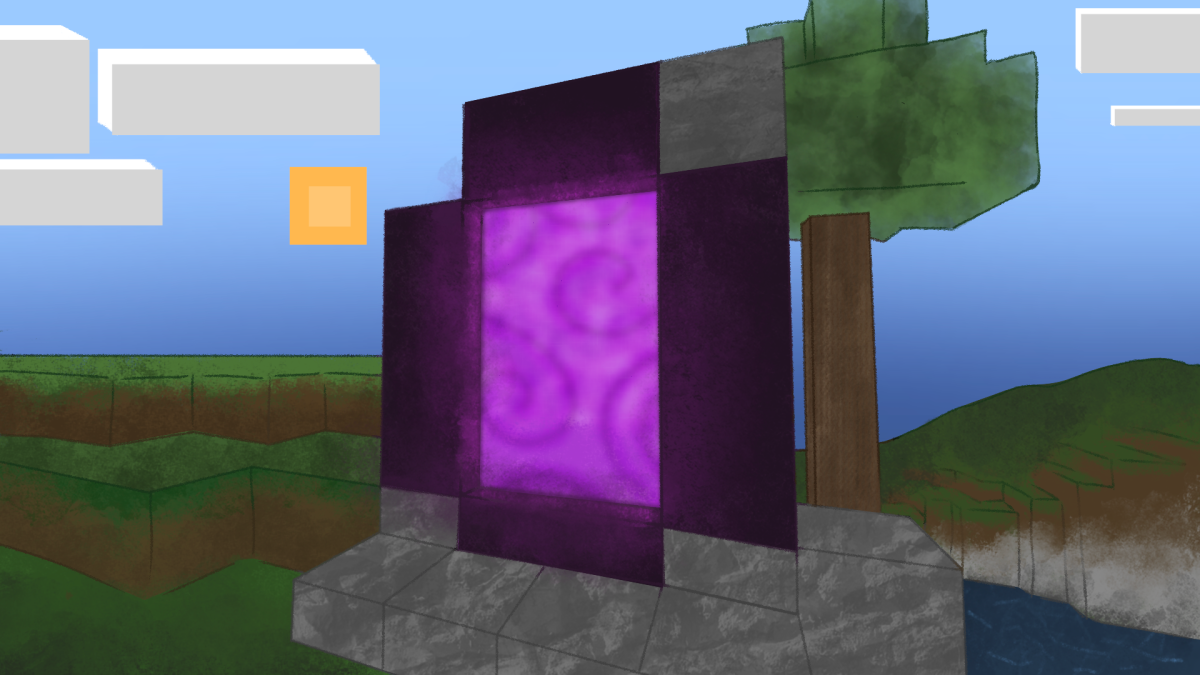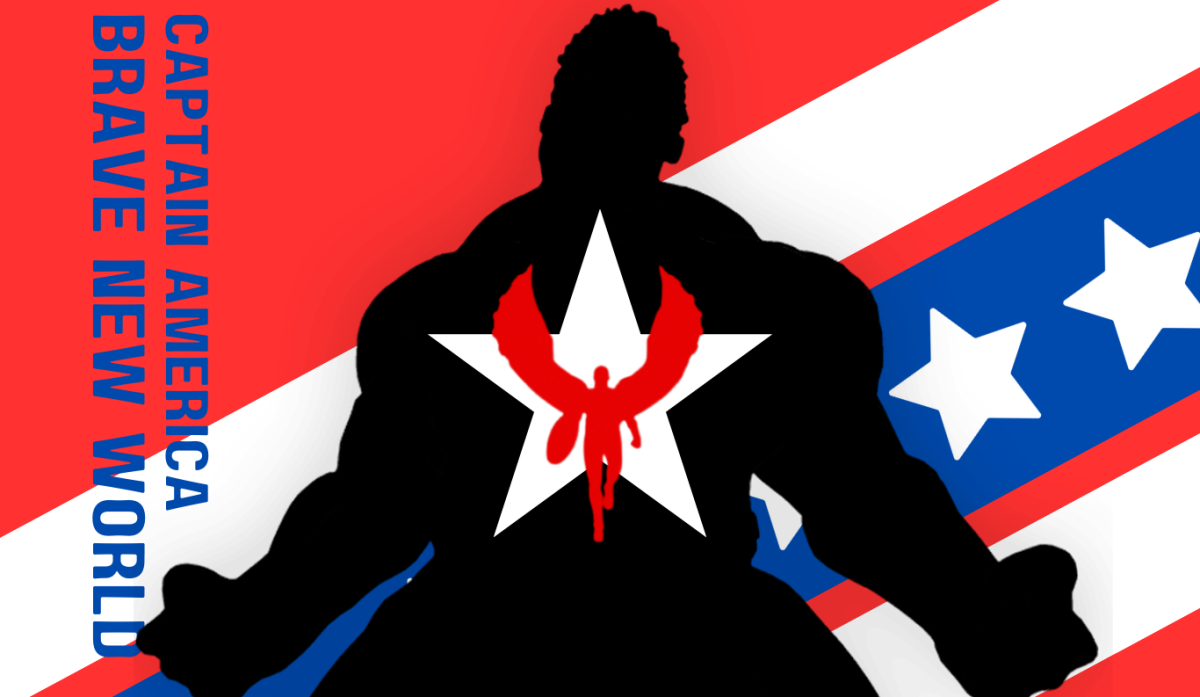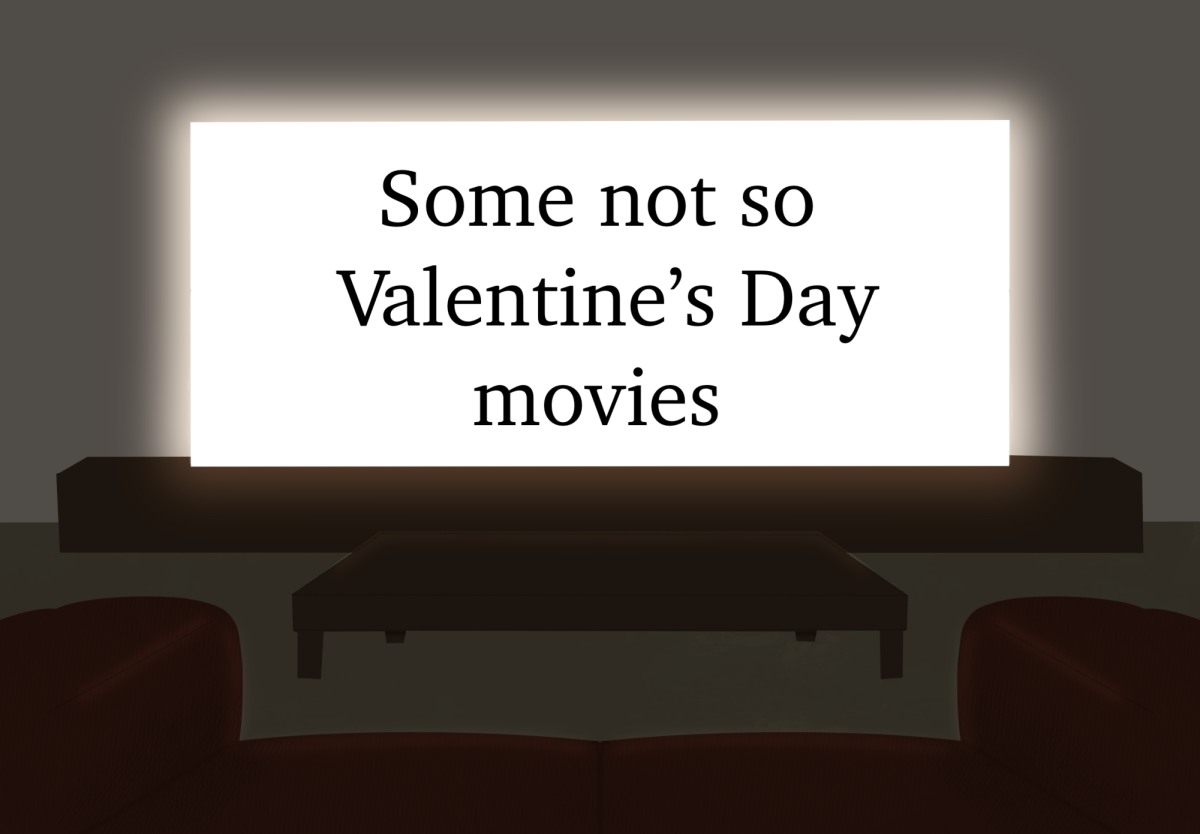Modern horror films revolve around jump scares, blood, guts and the cat and mouse act of the prey and predator. The film “The Witch: A New England Folktale” takes the viewer back to when watching a horror film meant something. Horror films once cultivated a feeling of suspense and utter helplessness within the viewer.
Watching horror movies today means waiting for the next jump-scare or horrific death scene involving one of the main characters during their perilous flight from an insane lunatic, a malevolent spirit, or a monster. “The Witch” released February 19th, 2016 tells a story of a family in New England who watch their darkest fears come to life.
In the film, director Robert Eggers sets the scene for a perfectly dark and suspenseful movie in new England in the early 17th century. Due to a difference in interpretation of the New Testament, William (played by Ralph Ineson) and his family of five are banished from their Puritan community. They move from the plantation to the edge of a large secluded forest far away from the settlement.
They arrive and the family begins to reestablish themselves. They build their house, grow their crop, and tend to their livestock. Things seem to be going well for the family but one day the eldest daughter, Thomasin (played by Anya Taylor-Joy) was watching after their newborn son Samuel and in an instant the infant child was missing.
Thomasin looks in the forest for her baby brother only to find nothing. Returning news to the family is devastating and the mother Katherine (played by Kate Dickie) cries for a week only to pray in between sobbing. From here the luck of the family goes downhill.
Every shot in the movie is dark, grey and dreary. This stylization of this movie sets the eerie tone for the entire film. Only one shot of the sunset in the beginning is vibrant and beautiful, essentially misleading the viewer into believing everything might work out for this misfortunate family.
With wide shots of the family’s homestead, the viewer can ascertain how vast the dark forest is. It looks completely merciless to the viewer and instantly makes you feel as if you were in that situation you could easily end up lost and eventually dead.
The dark, grey tones of the movie create an atmosphere of no hope, despair and death. This look matches the quality of life for Puritans for the time period and sucks the viewer into the world of the movie.
This is another mind-blowing quality of this movie; it pulls you in with zero warning and you cannot escape from the realm of the witch and her prey until the credits roll at the end of the film.
Eggers intentionally made the movie like this. “We have to be in the Puritan world. Also, for me, the films that are the most atmospheric and transportive are films that are approached as memory. So it has to be, like, my memory in my Puritan childhood and the way my father smelled in the corn field that morning. Without the detail, [without] the hand-stitched everything, you can’t get there,” he said in an interview.
Another key component of this film that easily makes it a remarkable film is the historical accuracy. Everything from clothing, accents, dialect, tools, home, crops and even superstitions are completely accurate. To make this film even more real than it already is, the Eggers and his crew built everything in the film using the same methods of the time, as well as the same materials.
Everything you have just witnessed is completely real in your mind following the end of the film, and as the final scene fades away, little white letters appear on screen explaining that all of the dialogue in the movie was taken from historical records, journals and diaries.
Eggers was able to make this film seem and feel so real that the viewer could believe it actually happened. It took him five years to write and produce this film. If you know anything about Puritans in early America, watching this film is review in a sense that their fears of Satan, God and sinning is portrayed as a very real evil, whereas today most people don’t think twice about some of the things they do or say.
An interesting underlying tone of this movie is the political message about feminism. Although this is not apart of the overarching story the witch represents what people thought of women in that time period.
In an interview conducted by Katie Rife, Eggers explains that “in the early modern period, from the contemporary perspective, looking back, it’s clear that the evil witch is—it embodies men’s fears and ambivalences and fantasies about women and female power. In in that period, in this extremely male dominated society, the evil witch is also women’s fears and ambivalences about themselves and their power.”
Even if this political message is more subliminal, the reality is that women of the time were treated as if they were the household dog. Even if Puritan women were essential parts of their household, they were treated very poorly and had no rights. What the witch represents, like the director said, is the fear and fantasies that men had about women if they had power. If women were to rise up and go against their husbands it was thought that this would be the outcome.
One thing I didn’t like about the movie was at times I couldn’t understand the dialogue due to the heavy New England accents of the family members as well as their Old English dialect. Even though I could not understand what they were saying at times, I could gather what was going on from the majority of the conversation as well as using context to provide information. This is where the appreciation for the authenticity among viewers reaches it’s threshold.
Overall this film is profound and better than most horror films that have been released in the past decade. Many people consider movies such as “Paranormal activity” or “Insidious” to be of the higher caliber horror films, but “The Witch” puts those movies to shame with a hideously interesting plot that sucks you in as well as a setting that is out of an old fairytale.


